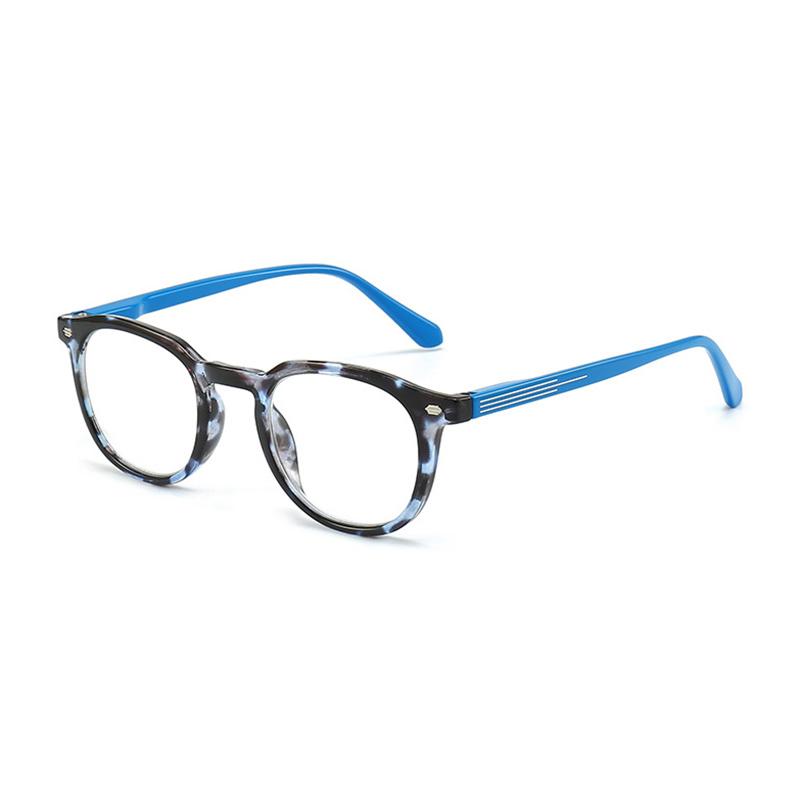How Reading Glasses Address Vision Changes

Reading glasses have evolved from basic vision correctors to thoughtfully designed optical tools that combine function with style. These specialized glasses feature convex lenses that magnify objects, bringing close-up material into clear focus for individuals with presbyopia. The development of reading glasses incorporates optical science, ergonomic principles, and material innovations to create products that provide visual comfort and practical utility. Understanding the features of quality reading glasses helps users make informed selections.
Lens technology in reading glasses includes various options beyond basic magnification. Anti-reflective coatings reduce glare from light sources, improving visual clarity during extended reading sessions. Blue light filtering properties help minimize digital eye strain for those using electronic devices. Photochromic lenses that adjust to changing light conditions offer versatility for indoor and outdoor use. These lens enhancements increase the functional benefits of reading glasses beyond simple magnification.
Frame materials and construction significantly influence the wearing experience of reading glasses. Lightweight metals and flexible plastics provide comfortable options for extended wear. Properly balanced reading glasses should stay in position without pinching the nose or applying excessive pressure behind the ears. Adjustable nose pads and temple tips allow customization for individual facial structures. These ergonomic considerations contribute to the overall comfort and functionality of reading glasses during daily use.
The availability of specialized reading glasses addresses particular needs and preferences. Full-frame designs provide consistent magnification across the entire lens area, suitable for extended reading. Half-frame styles offer a clear distance view above the magnification zone, convenient for alternating between reading and regular vision. Folding designs provide compact storage for portable use, while safety-rated reading glasses combine magnification with protective properties for workshop environments. These varied options demonstrate how reading glasses have developed to serve diverse user requirements and activity patterns.



